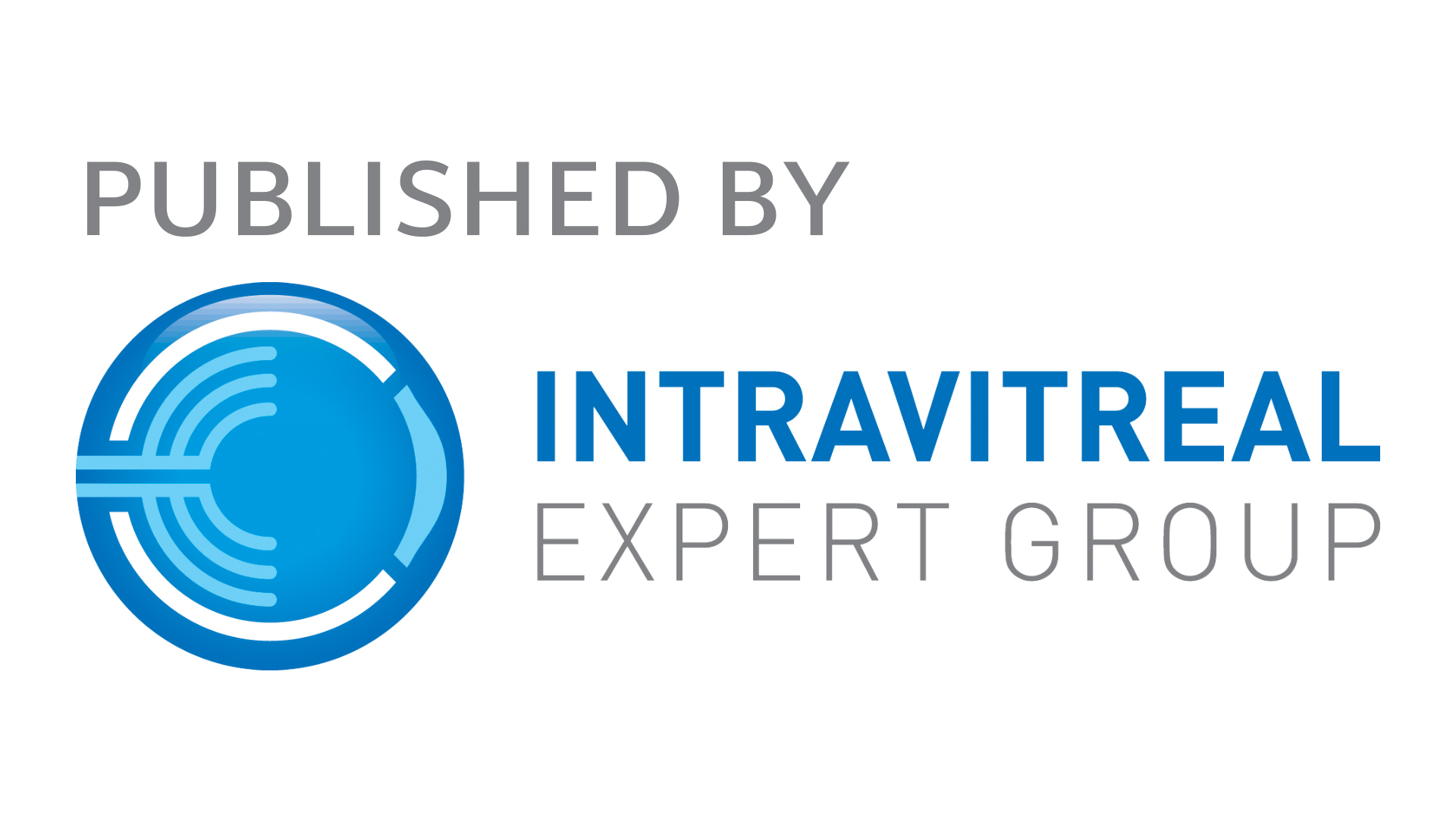
Real-world data show superior efficacy, cost-effectiveness of aflibercept in nAMD
A systematic review and meta-analysis of studies reporting real-world data showed superior visual acuity gains and higher cost-effectiveness of aflibercept as compared with ranibizumab (RBZ) intravitreal treatment for neovascular AMD (nAMD). The analysis also identified important differences in the approach to treatment with the two agents, which ultimately affect the overall outcomes.
The studies selected for meta-analysis were prospective observational studies published between 2014 and 2017 that were conducted on treatment naïve nAMD patients receiving intravitreal injections of aflibercept or ranibizumab, reported 52-week effectiveness outcomes and included no less than 40 patients. Seventy-two studies (56 publications and 16 congress abstracts) were identified and, after review, 24 observations from 23 studies were selected.
Patients treated with aflibercept had a mean visual acuity (VA) gain of 5.30 ETDRS letters at 52 weeks, with an average of 7.10 injections and 8.65 visits. Patients treated with ranibizumab had a 4.24 ETDRS letter gain, with an average of 5.88 injections and 10.10 visits. After correcting for differences in age and baseline VA, the mean VA gain was 6.57 ETDRS letters for patients treated with aflibercept and 4.42 ETDRS letters for patients treated with ranibizumab.
Meta-regression results were used to calculate the average number of injections required to achieve a clinically meaningful visual improvement. The analysis showed that 5-6 aflibercept injections were needed for a 5-letter gain (1 line), while the same result was obtained with 6-7 ranibizumab injections.
“Overall, our findings suggest that, with the current clinical practice, treatment-naïve patients with nAMD treated intravitreally with aflibercept achieve higher mean gains in VA than those treated with RBZ,” the authors wrote.
Treatment approaches
The authors also observed that the outcomes of aflibercept were more consistent among studies, and more consistent with the outcomes of randomized clinical trials (RCTs). Overall, in real-world clinical practice, the ophthalmologists who used aflibercept were more compliant with the European label recommendations of 3 initial injections every 4 weeks followed by fixed bimonthly dosing over one year. By contrast, the mean injection frequency with ranibizumab was extremely variable among studies, with many of them reporting a significantly lower number of injections than those recommended by RCTs.
“PRN dosing is still used in the real-world setting, which may lead to fewer injections than are needed, potentially resulting in suboptimal outcomes,” the authors noted.
They suggested that the poorer outcomes of ranibizumab in this literature review, as in several other real-world studies, could be related to the low injection frequency and emphasized the importance of adopting treatment approaches that do not deviate too much from those suggested by RCTs.
“Our findings reinforced the assumption that an injection frequency similar to that reported in RCTs can contribute to the achievement of RCT-like VA improvements for patients with nAMD,” they wrote.
Proactive, monthly or Treat& Extend regimens have shown better efficacy than PRN with ranibizumab, while PRN is often associated with undertreatment and yet a high burden given by frequent visits – over 10 in 52 weeks in the literature analyzed.
Cost-effectiveness analysis showed that aflibercept intravitreal injections are a more effective treatment option with an incremental cost-effectiveness ratio (ICER) of €27,087 per QALY. The authors concluded that intravitreally-administered aflibercept is therefore “a cost-effective treatment option for nAMD despite a higher cost per individual injection.”
Carrasco J, Pietsch GA, Nicolas MP, Koerber C, Bennison C, Yoon J. Real-World Effectiveness and Real-World Cost-Effectiveness of Intravitreal Aflibercept and Intravitreal Ranibizumab in Neovascular Age-Related Macular Degeneration: Systematic Review and Meta-Analysis of Real-World Studies. Adv Ther. 2019 Nov 14. doi: 10.1007/s12325-019-01147-6.
